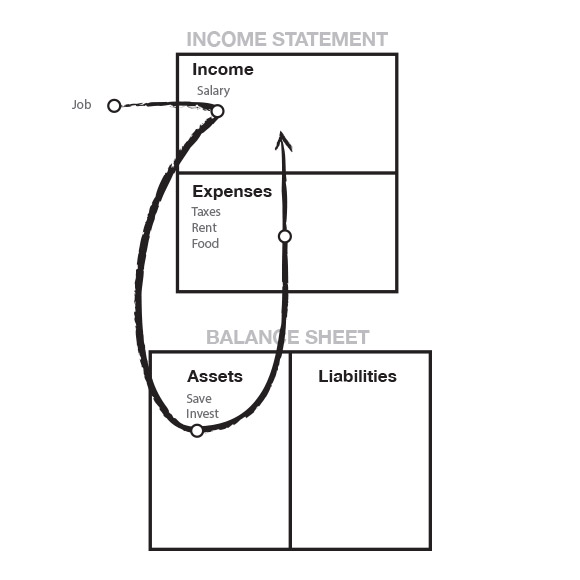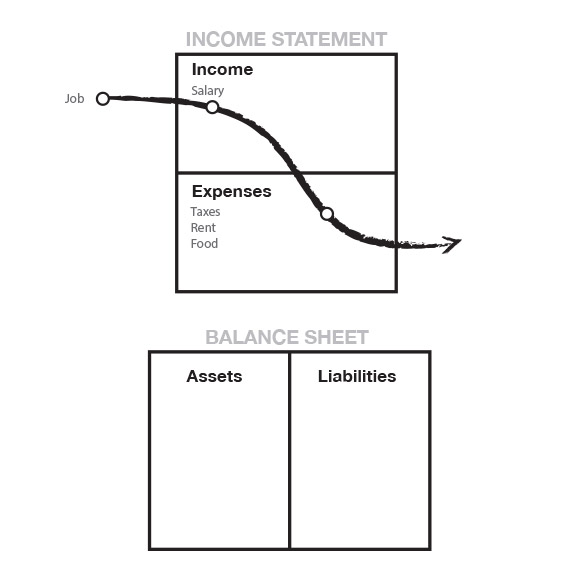Handling your finances can be a chore that takes a lot of self control and energy. You have to make sure that you are saving the right amount, investing the right amount, paying your credits on time, keeping on top of your budget. The list goes on and on and it can sometimes feel overwhelming. However, in this chaos, there is one strategy you can use to significantly reduce this stress. This strategy is called automating your finances. Many banks, and financial services offer the services of periodic payments to your account. As a result, you no longer have to worry about staying on top of your money as you may have once had to do. If you do this long enough you can basically go on living without paying attention to you accounts, and simultaneously watch your wealth grow.
How to Automate Your Finances:
The first step in automating your income is determining how much money from your income you can automate. For instance, let’s say you make $4000 every month and you have a total expenses list of $1284. These monthly expenses are made up of things such as your credit card payments, gym memberships, insurance, rent ,electric, utilities, retirement accounts, and investments. Your next step is to identify which expenses from your budget can be automated. Basically you want to find everything that can be automated to make your life easier.
After determining how much money you need to spend on obligations, and wealth building, it’s time to divide the money you plan on spending into the different categories of payments and choosing which day you plan to pay them. You have the choice to chose whichever day works for you and your schedule. At this point you have all the money that you need going into the different places they need to go, so when you’re dealing with your budget It’s not as much of a concern. In this situation if you end up spending more than you would have liked to on your current budget, you can take solace in knowing that you already have a safety net of stored money to touch whenever you desire.
Example:
step 1:
Income = 4000/mo
| Name | Expense | Wealth Builders | Monthly Price | Can I Automate This? |
|---|---|---|---|---|
| Credit card payment | x | $200 | x | |
| Gym Membership | x | $70 | x | |
| Insurance | x | $64 | x | |
| Rent | x | $1,200 | ||
| Electric | x | $50 | x | |
| Utilities | x | $60 | ||
| Savings Accounts | x | $100 | x | |
| Retirement | x | $400 | x | |
| Stock Portfolio | x | $400 | x |
Step 2:
Automated payments:
Credit card payments $200/mo (can automate)
Gym memberships $70/mo (can automate)
Insurance $64/mo (can automate)
Electric $50/mo (can automate)
Savings accounts $100 (can automate)
Retirement $400 (can automate)
Stock portfolio $400 (can automate)
Total amount automated:
$1,284
Remaining for budget:
$4,000 – $1,284 = $2,716
Notice how instead of worrying about $4,000 of your income you are now only worried about managing $2,716 because you automated the parts of your budget that you could. This also will trick your mind into thinking you have less. as your payments become automated and you get into the flow of your budget you will stop thinking about all the extra money you have and your savings will grow rather than be depleted from overspending.
Today we live in a world filled with distractions. Within this world it gets easier than ever to find ourselves overwhelmed because of all that is going on, including taking care of our finances. Despite this there are ways to overcome this overload. Automating your finances is a great and easy way to do this. All you have to do is choose what you are going to automate, and if you do it correctly you can forget about it later and watch your accounts grow.
Got a great idea or suggestion of what you would like us to blog about? Please send your inquiries to stashadvisor@gmail.com or comment below. We are all about bringing you the most value!
This blog post is provided for discussion purposes, and is not intended as professional financial advice. It’s intent is not to be used as the sole basis for your investment or tax planning decisions. To get more information please speak with a financial planner. Under no circumstances does this information represent a recommendation to buy or sell securities.




